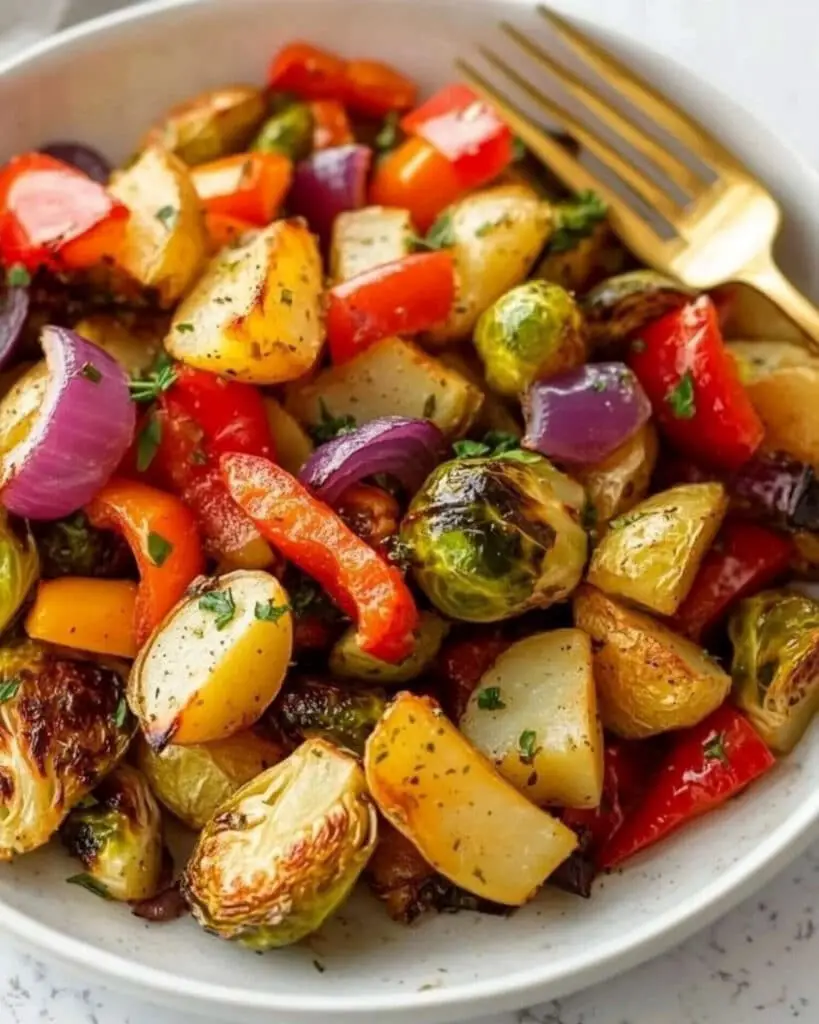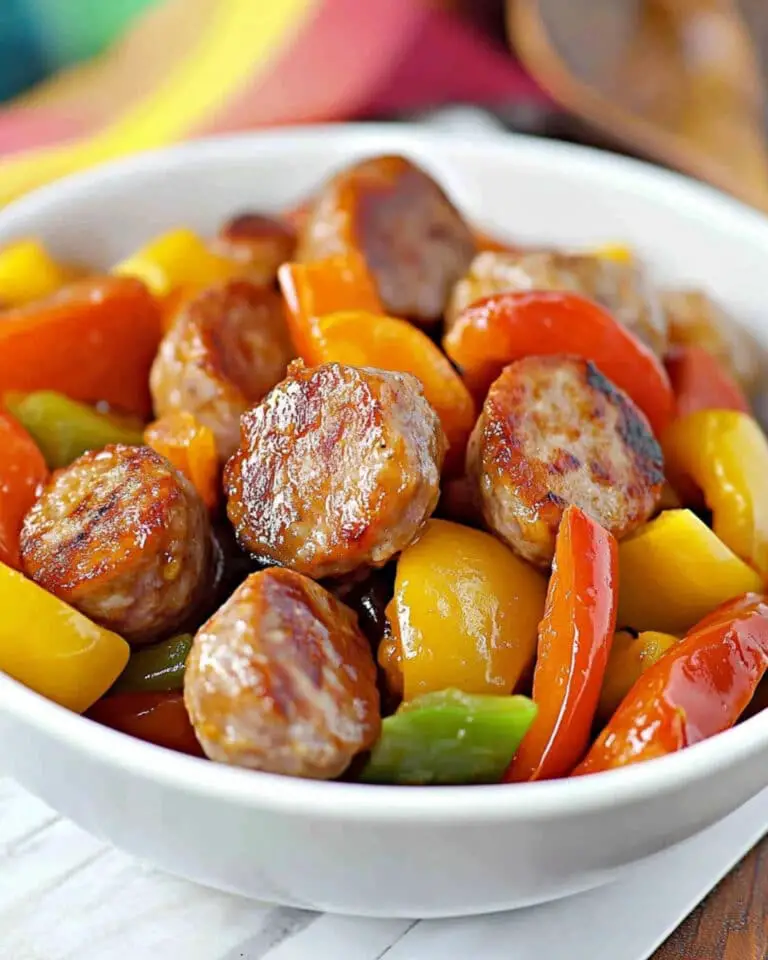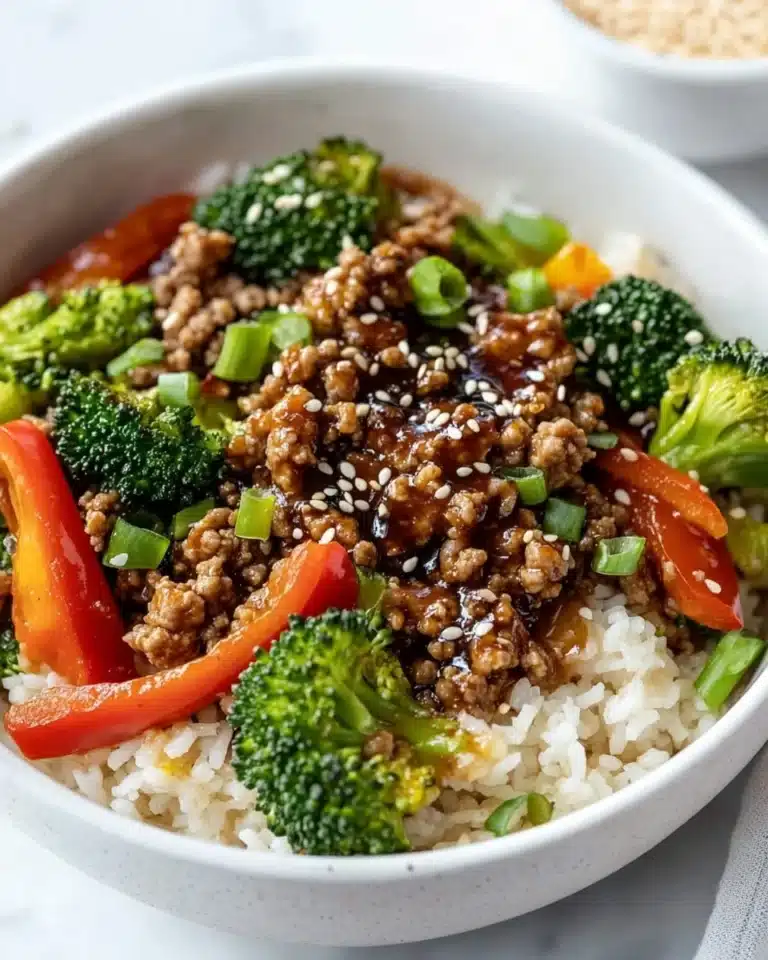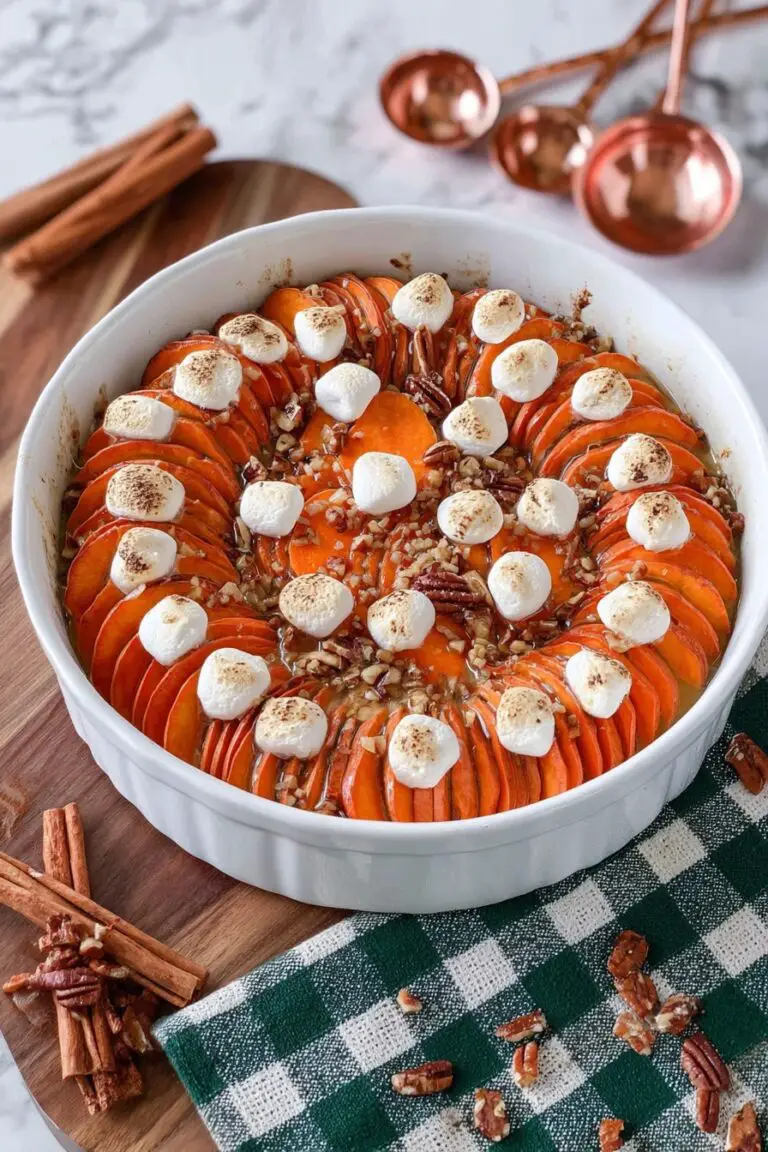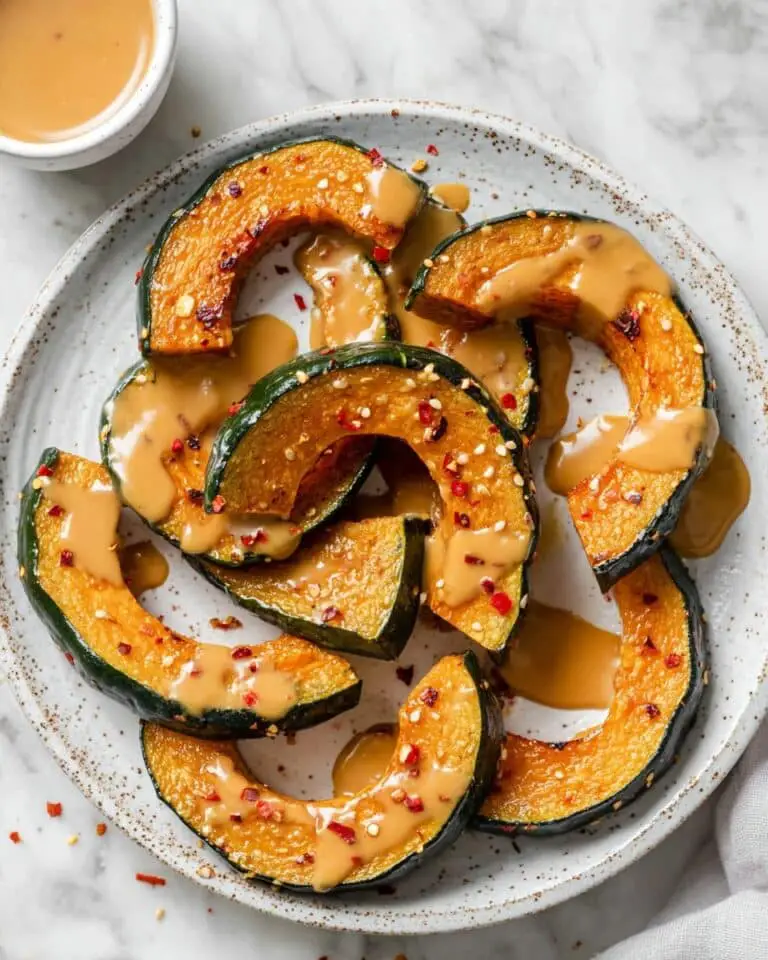These Roasted Vegetables are the ultimate side dish that transforms ordinary veggies into caramelized, flavor-packed delights! With just a few simple ingredients and minimal hands-on time, you’ll create a colorful medley that pairs perfectly with almost any main course. The high-heat roasting brings out natural sweetness while creating those irresistible crispy edges everyone fights over. Trust me, this is the recipe that will convert even the most stubborn vegetable skeptics!
Why You’ll Love This Recipe
- Versatile: Works with whatever vegetables you have on hand – perfect for using up produce before it goes bad!
- Low Effort, High Reward: Most of the cooking time is hands-off, letting your oven do the heavy lifting while you prepare the rest of your meal.
- Naturally Healthy: A delicious way to get your daily veggies that doesn’t sacrifice flavor for nutrition.
- Crowd-Pleasing: The caramelization from roasting makes vegetables sweeter and more appealing to everyone at the table.
- Meal Prep Friendly: Make a big batch and use throughout the week in salads, grain bowls, or as ready-to-go side dishes.
Ingredients You’ll Need
- Potatoes: They develop a fantastic crispy exterior while staying fluffy inside. Yukon Golds are ideal with their buttery flavor, but any variety works well.
- Red peppers: These add vibrant color and sweet flavor that intensifies when roasted. The edges get slightly charred, adding complexity.
- Red onion: Becomes wonderfully sweet and jammy during roasting, losing that harsh raw bite and transforming into something magical.
- Brussels sprouts: Roasting is truly the best way to enjoy these little cabbages! The outer leaves get crispy while the centers become tender.
- Asparagus: Develops a delicate, nutty flavor when roasted. Try to select spears with medium thickness for best results.
- Squash: Adds sweetness and a creamy texture when roasted. Yellow summer squash or zucchini are perfect choices here.
- Garlic: Don’t skip this! The cloves become mellow and almost sweet, infusing the vegetables with incredible flavor.
- Olive oil: Helps vegetables crisp up and carries flavor. Use a good quality oil – you’ll taste the difference.
- Salt and pepper: Simple seasonings that let the natural flavors shine. Be generous with both for best results.
Note: You’ll find the complete list of ingredients, along with their exact measurements, in the printable recipe card at the bottom of this post.
Variations
Want to mix things up? These variations keep this recipe exciting every time:
- Mediterranean: Add a sprinkle of oregano and thyme before roasting, then finish with crumbled feta and lemon zest.
- Spicy: Toss with red pepper flakes before roasting, or drizzle with hot honey afterward for sweet heat.
- Balsamic Glaze: Drizzle vegetables with balsamic vinegar during the last 5 minutes of roasting for a sweet-tangy finish.
- Root Vegetable Medley: Create a hearty winter version with carrots, parsnips, turnips, and sweet potatoes.
- Asian-Inspired: Season with sesame oil and soy sauce instead of olive oil, then sprinkle with sesame seeds before serving.
How to Make Roasted Vegetables
Step 1: Prepare the Vegetables
Cut all vegetables into uniform, bite-sized pieces to ensure even cooking. Preheat your oven to 400°F. Consistent sizing is crucial here – aim for pieces that are approximately 1-inch for dense vegetables like potatoes and slightly larger for watery vegetables like peppers.
Step 2: Season Generously
Place cut vegetables and minced garlic on a baking sheet. Drizzle with olive oil and sprinkle generously with salt and pepper. Make sure every piece gets coated with oil – this is what helps create that beautiful caramelization.
Step 3: Arrange for Success
Spread vegetables in a single layer with some breathing room between pieces. Overcrowding leads to steaming rather than roasting, and you’ll miss out on those delicious crispy edges. Use two baking sheets if needed.
Step 4: Roast to Perfection
Bake for 30 minutes, then remove from oven and flip vegetables with a spatula. Return to oven for another 20-25 minutes until edges are crispy and caramelized, and centers are tender. The vegetables should have deep golden edges and be easily pierced with a fork.
Pro Tips for Making the Recipe
- Timing Matters: If mixing quick-cooking vegetables (like asparagus) with slower-cooking ones (like potatoes), either cut the slower-cooking ones smaller or add quicker-cooking vegetables to the tray later.
- High Heat Is Your Friend: Don’t be tempted to lower the temperature. 400°F is perfect for developing flavor without burning.
- Dry Vegetables Thoroughly: After washing, make sure vegetables are completely dry before roasting. Excess moisture creates steam, preventing proper caramelization.
- Preheat Your Baking Sheet: Place your baking sheet in the oven while it preheats for vegetables that sizzle on contact and start browning immediately.
- Don’t Rush the Process: Those final 10-15 minutes are when vegetables transform from merely cooked to gloriously caramelized. Be patient!
How to Serve

These roasted vegetables shine in so many settings:
As a Side Dish
Pair with roasted chicken, grilled steak, or baked fish for a complete meal. The vegetables complement virtually any protein without competing for attention.
Repurposed in Other Dishes
- Grain Bowls: Top brown rice or quinoa with roasted vegetables and a drizzle of tahini sauce.
- Pasta Addition: Toss with pasta, a splash of pasta water, and Parmesan cheese for a quick weeknight dinner.
- Sandwich Filling: Layer inside crusty bread with hummus and goat cheese for a satisfying vegetarian sandwich.
- Salad Topper: Add to mixed greens with a simple vinaigrette for a hearty salad.
Dipping Sauces
Serve with aioli, romesco sauce, or herb yogurt dip for an elevated appetizer or snack.
Make Ahead and Storage
Storing Leftovers
Store cooled roasted vegetables in an airtight container in the refrigerator for up to 4 days. They’ll actually develop more flavor overnight as the seasonings continue to penetrate the vegetables.
Freezing
While you can freeze roasted vegetables for up to 3 months, be aware that textures may change slightly upon thawing. They’re best used in soups, stews, or casseroles after freezing rather than as a standalone side.
Reheating
For best results, reheat in a 375°F oven for 10-15 minutes until warmed through and edges crisp up again. Avoid microwaving if possible, as it can make vegetables soggy. If you must use a microwave, do so at 70% power with a slightly damp paper towel cover.
FAQs
-
Can I use frozen vegetables for roasting?
Fresh vegetables are strongly recommended for roasting. Frozen vegetables contain excess moisture that prevents proper caramelization. If you must use frozen, thaw completely, pat very dry, and be prepared for a slightly different texture in the final dish.
-
Why aren’t my vegetables getting crispy?
Three common culprits: overcrowding your pan (vegetables need space to release moisture), not enough oil (vegetables need a proper coating), or too low oven temperature. Make sure your vegetables aren’t touching too much, use enough oil to coat lightly but completely, and verify your oven temperature with an oven thermometer.
-
How do I know when the vegetables are done?
Perfect roasted vegetables have caramelized, golden-brown edges, vibrant colors, and can be easily pierced with a fork but aren’t mushy. Different vegetables cook at different rates, so check individual types rather than assuming everything is done at once.
-
Can I make these without oil?
While technically possible, oil serves several important functions: it helps vegetables brown, prevents sticking, and improves flavor. If reducing oil, use parchment paper and a good non-stick spray, but expect less caramelization and flavor development.
Final Thoughts
These Roasted Vegetables might seem simple, but they’re truly transformative. There’s something magical about how high-heat roasting concentrates flavors and creates those irresistible caramelized edges. This recipe has converted countless vegetable skeptics in my life, and I’m confident it will do the same for yours. It’s the perfect starting point for vegetable cooking – master this technique, and you’ve unlocked endless delicious possibilities for getting more produce into your diet. Give it a try tonight!
Print
Roasted Vegetables Recipe
- Prep Time: 15 minutes
- Cook Time: 55 minutes
- Total Time: 1 hour 10 minutes
- Yield: 4 servings
- Category: Side-dishes
- Method: Roasting
- Cuisine: American
- Diet: Vegetarian
Description
This roasted vegetables recipe is the perfect side dish for any meal. With a vibrant mix of colorful, nutrient-packed veggies, it’s not only delicious but also versatile and easy to prepare. Roasting brings out the natural sweetness and enhances the flavors, leaving the veggies crispy on the outside and tender on the inside. A fantastic way to incorporate more vegetables into your diet!
Ingredients
- 2 potatoes (Yukon Gold recommended, but any kind will work)
- 2 red peppers
- 1 red onion
- 1 cup halved Brussels sprouts
- 3 spears asparagus
- 1 cup chopped squash
- 4 cloves garlic, minced
- 6 tablespoons olive oil
- Kosher salt, to taste
- Freshly ground black pepper, to taste
Instructions
- Prep the Vegetables
Begin by cutting all the vegetables into medium-sized, bite-sized pieces. Make sure to halve the Brussels sprouts and chop other vegetables uniformly to ensure even cooking. Preheat your oven to 400°F (200°C). - Prepare the Baking Sheet
Spray a baking sheet with nonstick cooking spray, or line it with parchment paper to prevent sticking and simplify cleanup. Arrange the prepared vegetables and minced garlic evenly on the sheet. Some overlap is acceptable, but aim to spread them out to allow for proper roasting. - Season the Vegetables
Drizzle the vegetables with olive oil and sprinkle them with kosher salt and freshly ground black pepper, adjusting quantities to taste. Toss everything together to ensure even coating with oil and seasoning. - Roast the Vegetables
Place the baking sheet in the preheated oven and roast for 30 minutes. At the halfway point, remove the pan and gently toss or flip the vegetables to ensure even cooking. Continue roasting for another 20-25 minutes, or until the vegetables are crispy and golden on the edges.
Notes
- Use parchment paper to prevent sticking and for easier cleanup.
- For best results, toss or flip the veggies halfway through the cooking process to ensure even roasting.
- Arrange vegetables in a single layer with some space between them to allow for better caramelization.
- To save time, tossing vegetables in a bowl with oil and seasoning before spreading them on the baking sheet will ensure they are thoroughly coated.
- Roast the vegetables to a slightly crispy texture for enhanced flavor and crunch.
Nutrition
- Serving Size: Approx. 1/4 of recipe
- Calories: 190
- Sugar: 4g
- Sodium: 180mg
- Fat: 12g
- Saturated Fat: 2g
- Unsaturated Fat: 10g
- Trans Fat: 0g
- Carbohydrates: 20g
- Fiber: 4g
- Protein: 3g
- Cholesterol: 0mg


